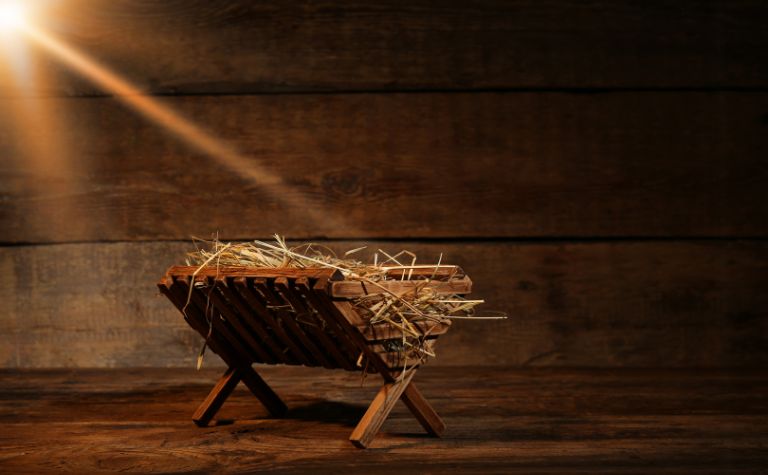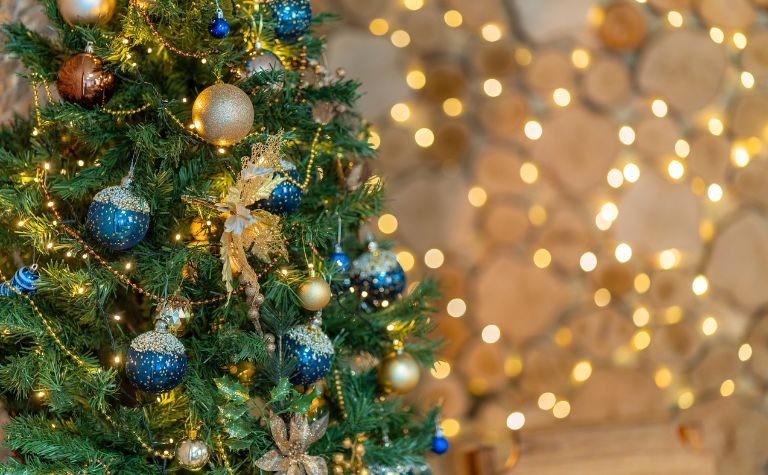Bethlehem, often referred to as the ‘City of David’, holds an iconic position in human history.
Nestled in the Judean hills, this city has been the backdrop to narratives that have shaped cultures and civilizations.
The mention of its name evokes images of ancient prophecies, monumental events, and cherished traditions.
But where exactly is Bethlehem, and why does it command such reverence?

Bethlehem: A Historical and Geographical Overview
Bethlehem’s history is as ancient as the hills that cradle it. Initially settled during the Canaanite period, it holds a long and layered past.
In the Hebrew Bible, Bethlehem is cited as the birthplace of David, who would later become the King of Israel.
Further, it is marked as the site where Jacob’s beloved wife, Rachel, was buried, making it a location of significant historical relevance.
Geographically, Bethlehem is located about 10 kilometers south of Jerusalem in the West Bank.
Situated in the Judean hills, it offers picturesque views of its rugged surroundings.
Close to the Dead Sea and the Jordan River, its location had strategic importance in ancient trade routes, which added to its early prosperity and significance.

Bethlehem in Cultural Traditions
Christianity holds Bethlehem dear, predominantly because it is recognized as the birthplace of Jesus Christ.
Every year, thousands of pilgrims and tourists walk the same streets that, according to Christian tradition, Mary and Joseph did over two millennia ago.
Central to this is the Church of the Nativity, believed to be built over the very spot where Jesus was born.
Its ancient walls and solemn interiors resonate with stories of hope and redemption.
For those of the Jewish tradition, Bethlehem is cherished as the city of David.
It was here that the young David was anointed as king and began the lineage that would lead to the birth of Jesus.
Furthermore, Rachel’s Tomb, located at the city’s entrance, is a poignant landmark.
Rachel, one of the matriarchs of Judaism, represents the deep-rooted connections between Bethlehem and the Jewish heritage.
Meanwhile, Islam holds Jesus (or ‘Isa in Arabic) in high regard as a prophet.
Though the primary connection between Bethlehem and Islam is through its Christian narratives, the city is respected for its association with Jesus and his teachings.

Modern-Day Bethlehem
Today, Bethlehem is part of the Palestinian territories and falls under the governance of the Palestinian Authority.
Its modern streets are a fusion of its ancient past and present aspirations. S
tone masons, souvenir shops, and modern establishments line its thoroughfares, indicating a city that respects its past while looking forward to its future.
The socio-economic landscape of Bethlehem is diverse.
While it heavily relies on tourism, other industries also contribute to its economy.
Olive wood carvings, which are highly sought after by tourists, demonstrate the skill and artistry of its locals.
Moreover, the city faces challenges like any other, including political tensions and economic uncertainties.
However, the resilient spirit of its inhabitants ensures that Bethlehem remains vibrant.
The population of Bethlehem today is a blend of Christian and Muslim communities.
They live side by side, often sharing neighborhoods, markets, and traditions.
Over the years, many events and festivals have come up that showcase this harmonious coexistence, making Bethlehem a symbol of unity in diversity.
Tourism and Places of Interest
One cannot discuss Bethlehem without mentioning its significant landmarks and attractions.
The Church of the Nativity is a must-visit. Its brownish-red facade, aged mosaics, and the revered Grotto – the spot believed to be where Jesus was born – make it an unforgettable destination.
Then there’s the Shepherd’s Field, where, according to tradition, shepherds received the angelic announcement of Jesus’ birth.
Today, it stands as a serene spot with gardens, ruins, and chapels, allowing visitors a moment of reflection.
Rachel’s Tomb, a fortress-like structure, welcomes numerous visitors each year.
It serves as a reminder of the city’s rich tapestry of stories and its connection to multiple traditions.
Apart from these historical sites, modern-day Bethlehem offers bustling markets filled with local crafts, foods, and artifacts.
The aroma of freshly baked bread, the colorful displays of textiles, and the intricate designs of olive wood souvenirs make shopping here a unique experience.
The Modern Cultural Impact of Bethlehem
In recent years, Bethlehem has experienced a cultural renaissance.
Beyond its historical and traditional roots, it has begun to establish itself as a hub for modern arts and expression in the Palestinian territories.
Art galleries showcasing contemporary Palestinian art, music festivals celebrating local and international talent, and film screenings highlighting the issues and beauty of the region are becoming increasingly prevalent.
Local artists find inspiration in Bethlehem’s intricate tapestry of stories, often blending the ancient with the modern in their works.
The murals and street art, which can be found on walls across the city, serve as powerful visual commentaries on social, political, and cultural themes, making Bethlehem’s streets a canvas for creative expression.
Additionally, the city’s cafes and bookshops have evolved into spaces for intellectual discourse, poetry readings, and cultural exchanges. T
hese establishments foster a community of thinkers, writers, and artists who are passionate about voicing their perspectives and experiences.
In embracing both its historical significance and the burgeoning contemporary arts scene, Bethlehem offers a unique juxtaposition of the past and the present, making it not just a place to visit, but an experience to immerse oneself in.
Conclusion
Bethlehem, with its winding streets and timeless tales, is more than just a city on a map.
It’s a testament to humanity’s shared history, our collective memories, and the ability to find common ground amidst diversity.
Whether you’re drawn to its history, its landmarks, or its spirit, Bethlehem stands as a beacon, inviting one and all to experience its magic.
Recent Posts
Every year, millions around the globe commemorate the birth of Jesus Christ on December 25th, a date synonymous with Christmas and festive celebrations. However, despite its widespread...
The term "Nativity" is often immediately associated with the birth of Jesus Christ and the stories surrounding this event. Yet, the essence of the word encompasses much more than a single...
